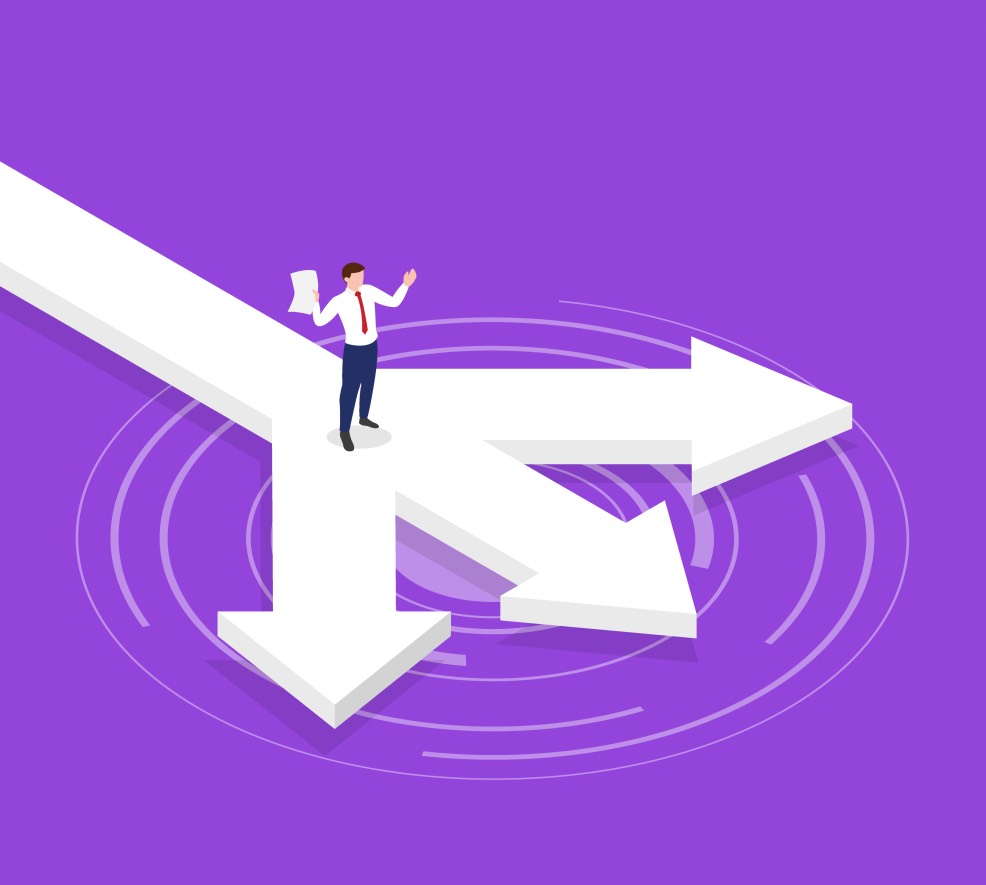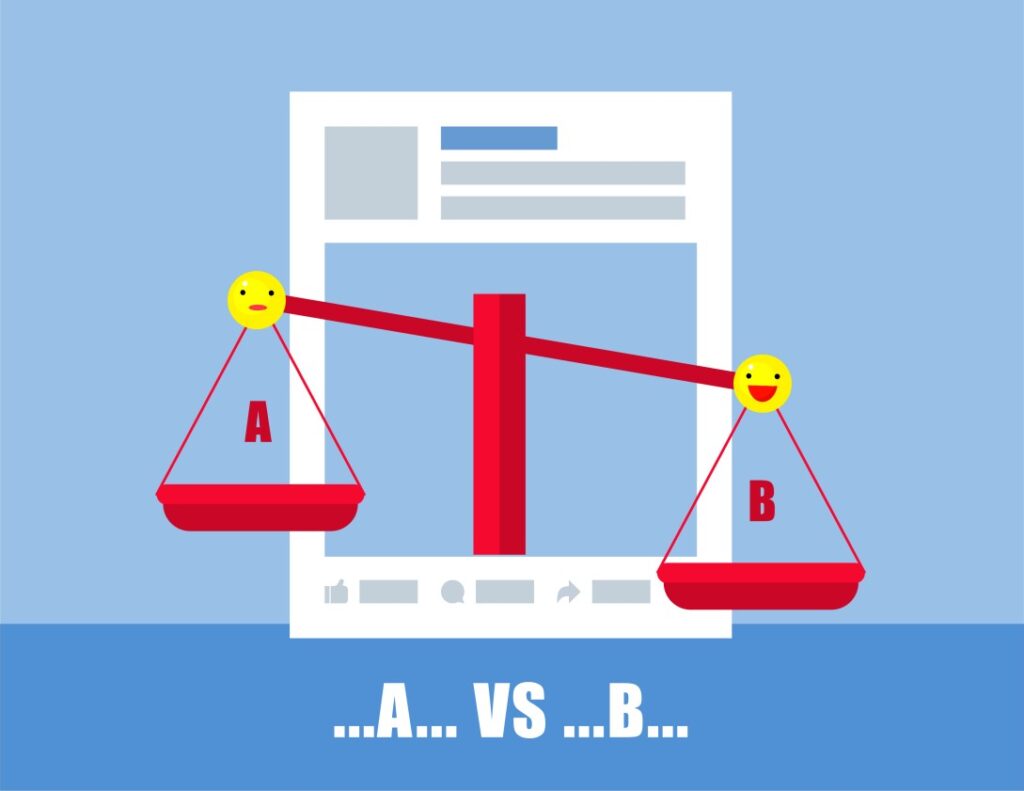Customer experience research is essential for understanding what your customers want and need from your business. By performing customer experience research, you can gather feedback about your products and services and make necessary changes to improve the overall customer experience. In this blog post, we will discuss the basics of customer experience research and provide tips on conducting effective research that will help you improve your business. Stay tuned!
What is Customer Experience Research?
Customer experience research is a process of gathering customer feedback about their experiences with your business. Just like any other research, customer experience research involves planning, data collection, and analysis. The goal of customer experience research is to understand customer expectations, identify areas of improvement, and make changes that will improve the overall customer experience.
Customer satisfaction and overall customer journey are important factors in customer experience research. To measure customer satisfaction, businesses often use surveys that ask customers to rate their level of satisfaction on a scale from 1-10. The customer journey refers to the path a customer takes from becoming aware of your business to becoming a loyal customer. By understanding the customer journey, businesses can identify areas where the customer experience can be improved.
The customer data collected through customer experience research can be used to improve various aspects of the customer experience, such as product design, customer service, and marketing.
Why is Customer Experience Research Important?
There are a lot of benefits that companies can experience by performing customer experience research. Let us explore a few of those benefits:
Prioritize the right things
When you know what your customers want and expect, you can better prioritize your company’s resources to give them what they need. If you don’t know what your customers want, you might waste a lot of time and effort on things they don’t even care about. The customer feedback you get from research can help you avoid this pitfall. Suppose, for example, you want to improve customer satisfaction with your product. But instead of asking customers what they think about the product, you focus on reducing the time it takes to ship the product. Even if you’re successfully reducing shipping time, it might not have much impact on customer satisfaction because that wasn’t what they cared about in the first place. Customer experience research can help you avoid this type of mistake by ensuring that you’re focusing on the right things.
Save money
In many cases, doing customer experience research can save your company money. For example, if you’re thinking about adding a new feature to your product, it’s much cheaper to find out whether customers want that feature before developing it. If they don’t want it, you’ve saved yourself the development cost. Even if they want the feature, you can use customer feedback from research to ensure that it’s developed in the most efficient way possible. The customer retention and satisfaction benefits of a good customer experience are well-documented, and research is key to achieving those benefits.
Improved decision making
Customer experience research can also help you make better decisions about your business. For example, if you’re considering expanding into a new market, research can help you assess whether there’s a demand for your product or service. Research can also help you understand what customers in that market are looking for and how best to reach them. If your customer relationship management software isn’t meeting your needs, research can help you find a better solution. In short, customer experience research can provide the insights you need to make informed decisions about your business.
Do you want to perform effective customer experience research?
Contact Growth Hackers
Reduce customer churn
Another important benefit of customer experience research is that it can help you reduce customer churn. Churn is the percentage of customers who stop using your product or service over time. It’s a major problem for many businesses, and it can have a significant impact on your bottom line. Customer experience research can help you identify the causes of churn and take steps to prevent it. Very few companies focus on reducing customer churn, but it’s important to ensure long-term success.
Improve brand perception
Customer experience research can also help you improve brand perception. Your brand is the overall image that customers have of your company. It’s how they perceive your products and services and what they think of when they hear your name. A strong brand can be a major asset for any business and give you a significant competitive advantage. Your overall customer satisfaction levels are key to your brand, and customer experience research can help you improve them.
Boost employee morale
Finally, customer experience research can also positively impact employee morale. Your employees are the people who interact with customers daily, and they play a key role in shaping customer perceptions of your brand. If your employees are unhappy, your customers will likely be as well. Customer experience research can help you identify problems with employee morale and take steps to improve it.
How to Conduct Effective Customer Experience Research
There are several different ways to conduct customer experience research. The most important thing is to choose the method that best suits your needs and resources.
Surveys
One of the most common methods of customer experience research is surveys. Surveys can be conducted online, by phone, or in person. They’re relatively quick and easy to administer, and they can provide a lot of valuable data. Here the operational data captured in the surveys will be analyzed to understand what drives customer satisfaction or dissatisfaction. As business success increasingly depends on customer experience, choosing the right survey platform is important to ensure that you’re getting accurate and actionable data. Always use a reputable survey platform like Survey Monkey or Google Forms. A lot of valuable insights about customer experience can be gleaned from surveys. The key performance indicators (KPIs) captured in surveys can be analyzed to understand what is driving customer satisfaction or dissatisfaction.
Interviews
Interviews are another popular method of customer research. They tend to be more in-depth than surveys and can provide rich data. However, they’re also more time-consuming to administer and analyze. Interviews are typically conducted one-on-one but can also be conducted in groups. As with surveys, it’s important to use a reputable platform like Skype or Zoom to ensure the quality of the data. When designing your interview questions, avoid bias and lead the customer. You may also consider using a reputable customer research firm to administer your interviews. Like surveys, interviews can collect both qualitative and quantitative data. The bachelor’s degree preferred for this type of research is something like a business degree focused on marketing, sociology, or psychology.
Focus groups
Focus groups are similar to interviews, but they’re conducted with a group of people instead of individually. They tend to be more informal than interviews, making them more relaxed and less likely to produce biased data. However, focus groups can also be more difficult to control, and the data may be less reliable. Focus groups are typically used to collect qualitative data but can also be used to collect quantitative data. When the research insights from focus groups are properly analyzed, they can provide valuable information about customer experience. Even if your customer success team doesn’t have the time or resources to conduct focus groups, they can be useful for customer research. Try to identify key customer satisfaction and dissatisfaction drivers and use this information to improve your customer experience.
Ethnographic research
Ethnographic research is a type of qualitative research that involves observing and interacting with customers in their natural environment. This type of research can be very expensive and time-consuming, but it can also provide valuable data. Ethnographic research is often used to understand customer behavior, but it can also be used to understand the customer’s emotional state and how they interact with your product or service. If you’re considering conducting ethnographic research, hire a professional research company with experience in this type of research. Customer loyalty can also be observed, giving a better insight into customer buying behavior. Suppose a customer is visiting your office for the first time. You can study his/her body language and how he/she interacts with other customers and staff. This will give you a better understanding of how to make your customer feel comfortable and valued.
Usability testing
Usability testing is a powerful research technique that can help you to understand how your customers interact with your product or service. By observing real users as they attempt to complete tasks, you can identify areas where your design fails to meet their needs. This type of testing can be conducted in-person or remotely, using software such as UserTesting or HotJar. You can start by conducting a few simple tests on your website or app, and then scale up to more complex tasks as you gain insights. Like all research, usability testing should be ongoing, not a one-time event. Before you identify key drivers of customer satisfaction, you need to understand what they are. In other words, you need to know how your customers interact with your product or service and what their needs are. This can be accomplished through customer experience research.
Now is the time to conduct state-of-the-art customer experience research!
A/B testing
A/B testing is a method of experimentation in which two or more product variants are tested against each other to see which performs better. This type of research can compare the effectiveness of different design elements, such as call-to-action buttons or headlines. A/B tests are important for customer experience research because they allow you to compare two or more versions of a product and see which one performs better with your target audience.
When conducting A/B tests, it’s important to keep the following in mind:
– Make sure that enough data power your test. A/B tests should be run for a minimum of two weeks to collect enough data to make accurate conclusions.
– Be sure to test only one element at a time. Testing multiple elements simultaneously will make it difficult to determine which element is responsible for any changes in performance.
– Keep your tests as simple as possible. The more complex a test is, the more difficult it will be to interpret the results.
If you’re not sure how to get started with A/B testing, a few online tools can help, such as Google Optimize or Visual Website Optimizer. No matter what tool you use, be sure to track the results of your tests so you can make informed decisions about which changes to implement.
Final Words on Customer Experience Research
Customer experience research is essential to any business, regardless of industry. By understanding the needs and wants of your target audience, you can create products and services that will delight them and keep them coming back for more. Then, once you’ve collected enough data and designed your customer journey, you can implement a customer experience automation strategy.
Various methods can be used to conduct customer experience research, but it’s important to choose the right method for your specific needs. If you’re not sure where to start, A/B testing is a great way to compare different product versions and see which one performs better with your target audience.
No matter what method you choose, the important thing is to always keep the customer at the forefront of your mind and strive to create an exceptional experience that they won’t soon forget.
Growth Hackers is an award-winning customer experience (CX) agency helping businesses from all over the world grow. There is no fluff with Growth Hackers. We help entrepreneurs and business owners conduct effective customer experience research, increase their productivity, generate qualified leads, optimize their conversion rate, gather and analyze data analytics, acquire and retain users and increase sales. We go further than brand awareness and exposure. We make sure that the strategies we implement move the needle so your business grow, strive and succeed. If you too want your business to reach new heights, contact Growth Hackers today so we can discuss about your brand and create a custom growth plan for you. You’re just one click away to skyrocket your business.








